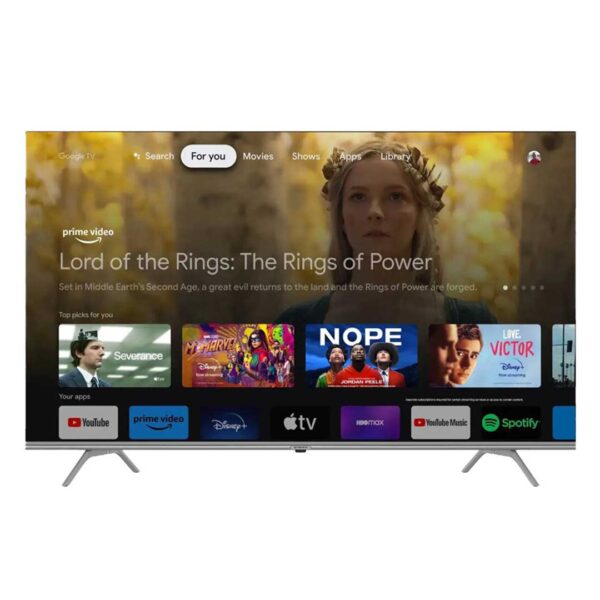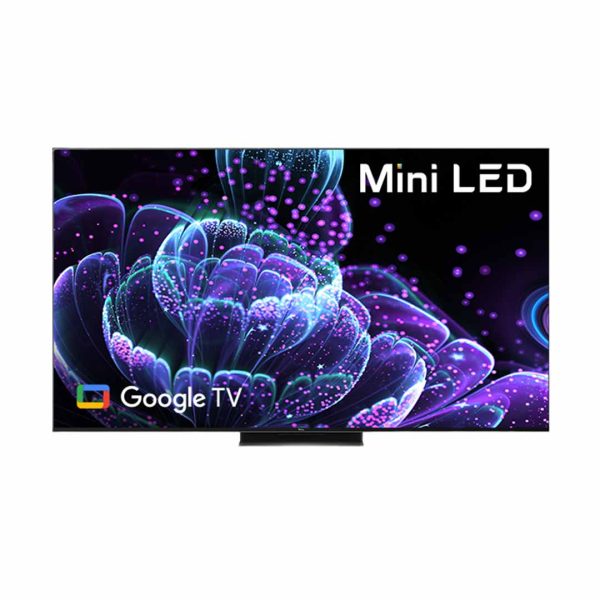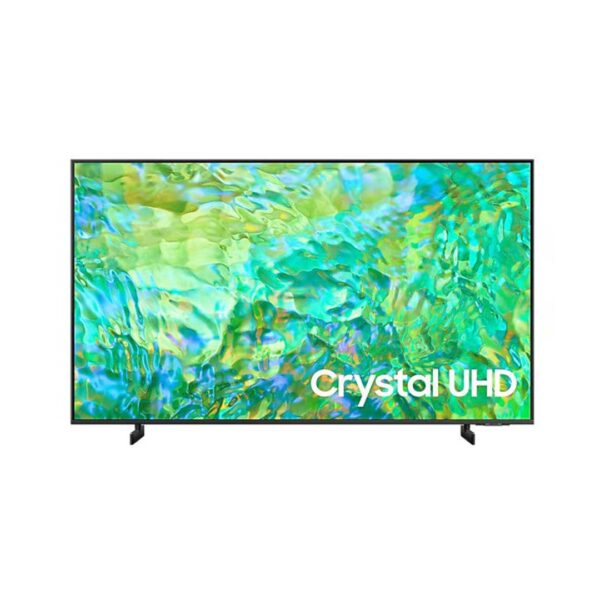In the current digital era, television sets have evolved from simple boxes to sophisticated entertainment hubs. With so many options on the market, purchasing a new television can be both exciting and overwhelming. It’s critical to take into account a number of crucial factors to ensure that you make an informed decision and select the ideal TV for your requirements. This TV buying guide aims to simplify the process and help you make a wise choice.
Assess Your Needs
It’s important to evaluate your needs and requirements before entering the world of television. Take into account the following:
a) Viewing Habits: Are you a movie aficionado, sports fan, or casual viewer? Your viewing habits will determine the features you prioritize.
b) Room Size: The size of the TV you should choose depends on the size of the room where it will be installed. For the best viewing experience, measure the viewing distance and take a look at the recommended screen sizes.
c) Budget: set a reasonable spending limit Since TVs come in a variety of price ranges. Decide how much you are prepared to spend without sacrificing quality.
Display Technologies
Understanding different display technologies is crucial for selecting the finest TV. The following are the key choices:
a) LED/LCD: The most popular and economical options are LED/LCD TVs. The image is produced using an LCD display and an LED backlight.
b) OLED: TVs using organic light-emitting diodes (OLEDs) produce images with great contrast ratios, deep blacks, and bright colors. Images on an OLED TV are more realistic and detailed since each pixel emits its own light.
c) QLED: Quantum dots are used in QLED (Quantum Dot LED) TVs to improve color and brightness. Compared to conventional LED/LCD TVs, they offer a wider color gamut and higher peak brightness.
d) MicroLED: A new technology known as microLED provides a wide color gamut, high brightness, and superb picture quality. It is made up of microscopic LED modules that come together to make the display.
Resolution and HDR
Resolution is a key factor in defining a TV’s visual quality. The standard choices are as follows:
a) Full HD (1080p): Full HD resolution provides clear and detailed visuals, suitable for smaller screens or those on a tighter budget.
b) 4K Ultra HD: Images with 4K resolution are clearer and more realistic since it has four times as many pixels as Full HD. For larger TVs, it serves as the standard resolution.
c) 8K Ultra HD: 8K resolution elevates image quality to a new level with even greater detail. Native 8K material is more suited for larger screen sizes, although it’s not widely available.
TVs that enable High Dynamic Range (HDR) should be taken into account in addition to resolution. HDR improves the image’s contrast and color accuracy, resulting in a more engaging viewing experience.
Smart Features and Connectivity
Smart features on contemporary TVs make them powerhouses of entertainment. Consider the following characteristics:
a) Operating System: Consider TVs with well-known smart TV operating systems like Android TV, webOS, or Roku TV. It is essential to have a user-friendly interface and a large selection of apps and streaming services.
b) Connectivity: Make sure the TV has enough HDMI, USB, and wireless communication options like Bluetooth and Wi-Fi. These make it simple to stream content and connect to external devices.
c) Voice Control: For comfortable hands-free operation, look for TVs with built-in voice assistants like Amazon Alexa or Google Assistant.
Audio Quality
Although most TVs have built-in speakers, you might not always be satisfied with their audio quality. To improve your audio experience, think about the following possibilities:
a) Soundbars: Better sound quality and immersive audio are offered by soundbars. They can be easily connected to your TV and provide a space-saving opportunity.
b) Home Theater Systems: Consider a home theatre system with numerous speakers, a subwoofer, and a receiver for a cinematic experience. For designated entertainment rooms, this choice is excellent.
Brand Reputation and Reviews
It is crucial to select a reputable brand because it guarantees long-term reliability, quality, and customer service. To learn more about the reliability and performance of various TV models, read user reviews and ratings. Pay attention to customer service, software updates, and picture quality reviews.
Conclusion
It’s important to carefully examine your needs, display technologies, resolution, smart features, audio quality, and brand reputation when choosing the best TV for your home. You may sift through the many choices and make an informed choice by adhering to this comprehensive TV buying guide. To pick the ideal TV that will deliver years of immersive entertainment, keep in mind to balance your preferences, budget, and room space. Happy TV-watching!

























 Dryers
Dryers Ironing / Garment Care
Ironing / Garment Care